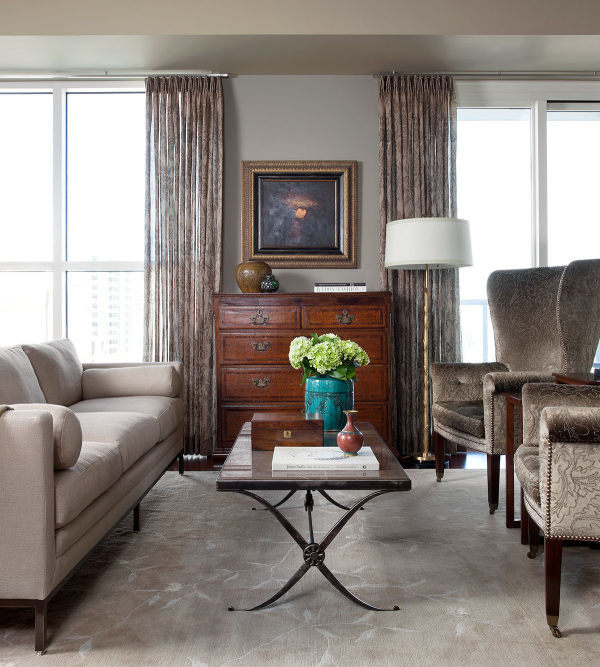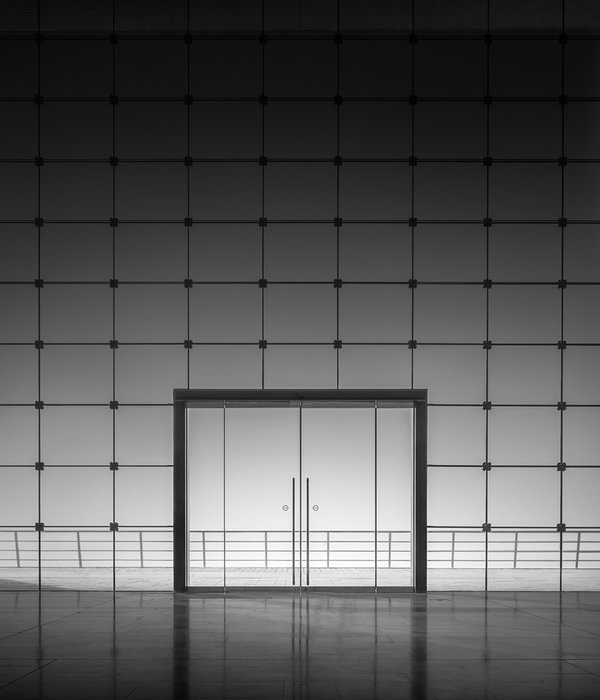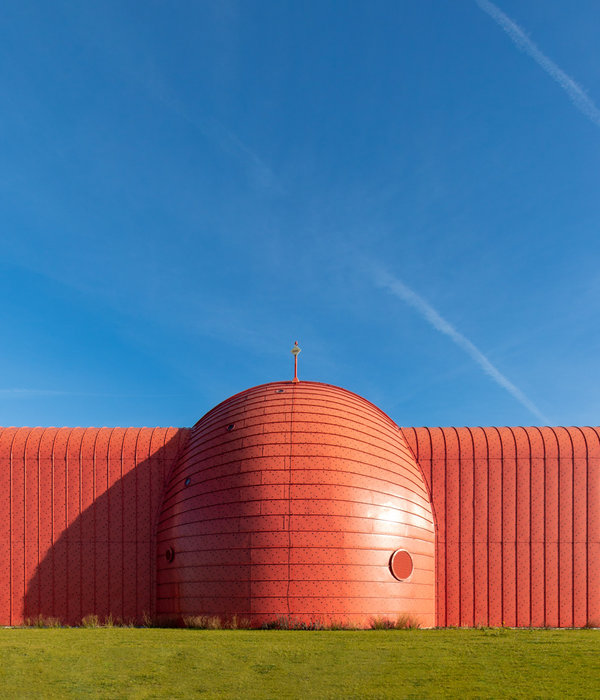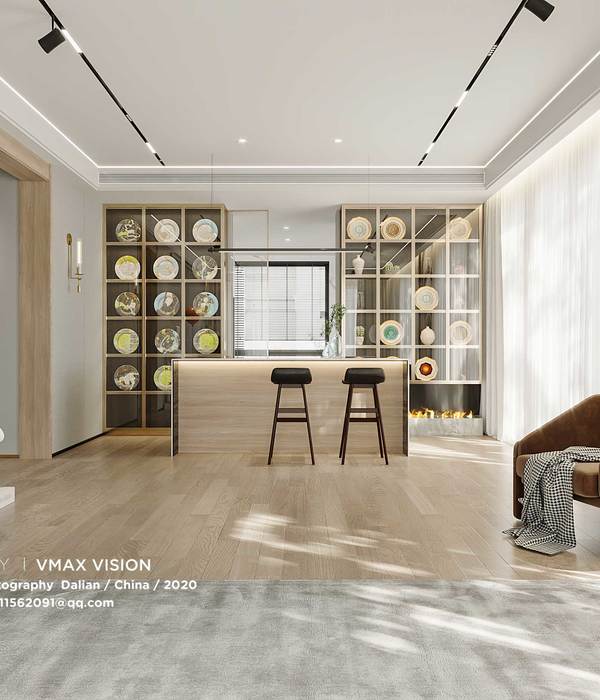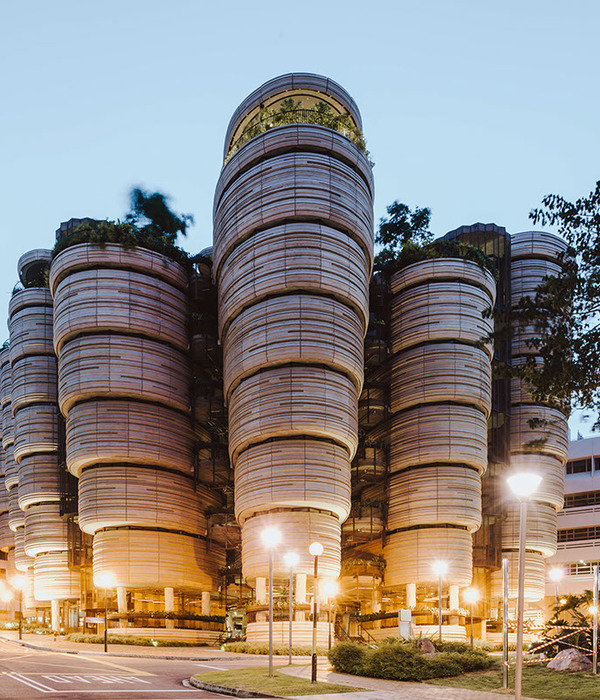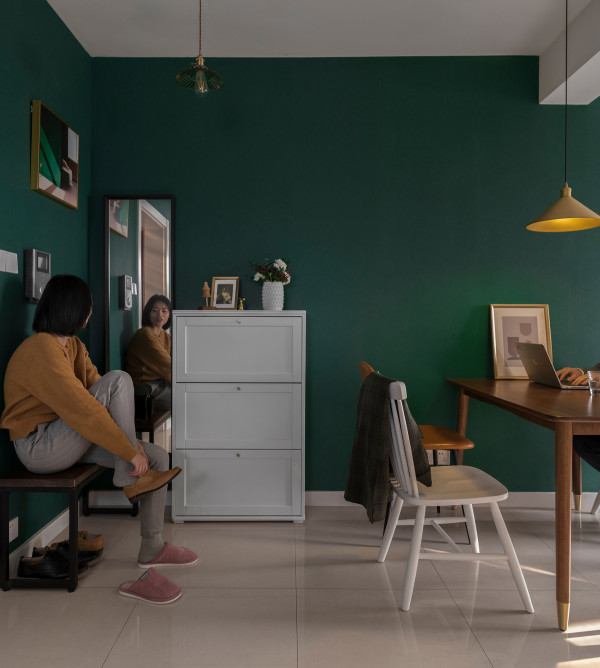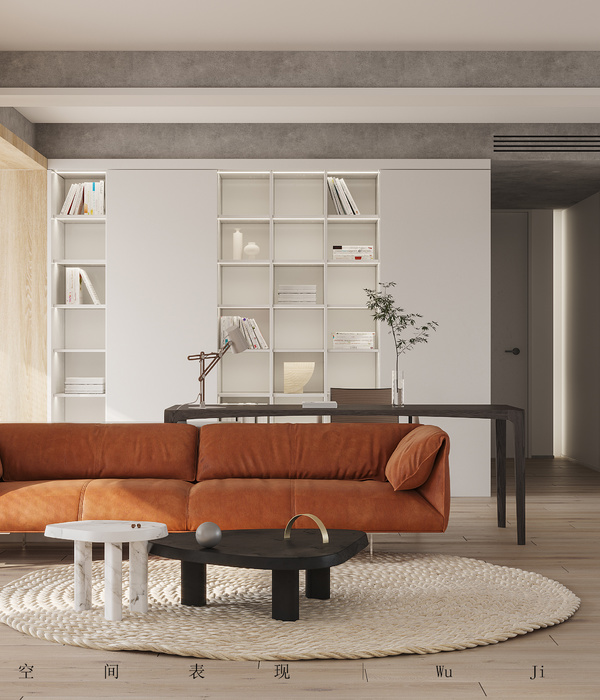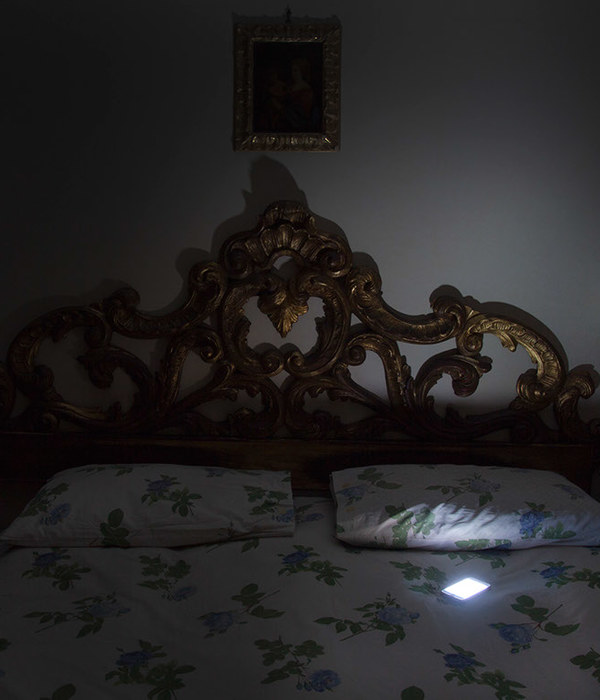这个项目是位于墨西哥尤卡坦州梅里达 "Quinta Montes Molina "建筑的一部分。这座房子最初建于1906年,成为Paseo Montejo的一个建筑标志和象征。2000年,该房屋开始在其花园里举行重要的社会活动。2006年,它还作为一个博物馆开放,展示其所有的文物、原始家具和艺术作品。2015年,Materia被委托设计一个用于举办社会和文化活动的展馆,同时将新建筑融入现有建筑。该馆随后被授予2015年墨西哥城建筑双年展的银奖。
This project forms part of the original “Quinta Montes Molina” premises and property, located in Merida, Yucatan, Mexico. The house was originally built in 1906 and became an architectural icon and emblem of Paseo Montejo.In 2000, the house began holding important social events in its gardens. In 2006, it also opened as a museum, displaying all of its artifacts, original furniture, and works of art. In 2015, Materia was commissioned to design a pavilion for holding social and cultural events, while integrating new architecture into the existing building. The pavilion was subsequently awarded the Silver Medal at the 2015 Architecture Biennale of Mexico City.
该项目设置在一排现有的古树后面,支持的目标不是一个物体,而是一系列由门户和门槛交织在一起的空间。柱子和门廊框住了花园、亭子和房子的视野,创造了一个笼罩着公共空间的中央庭院。建筑语言是由结构组成和表达的,传达了它的构造装配,并创造了在不断变化的自然环境中接受光线和阴影投射的表面。所有预制混凝土都是与区域骨料合作在当地制造的。石头也是该地区的原生材料。混凝土中的细节工作作为对房屋装饰物的重新诠释,同时证明了其安装和制造方法。
The project is set behind a line of existing old trees, supporting the aim of not being an object, but rather a series of spaces intertwined by portals and thresholds. The columns and porticoes frame views of the gardens, pavilion, and house, creating a central courtyard that envelops a public space. The architectural language is composed and expressed by the structure, communicating its tectonic assembly and creating surfaces to receive light and the projection of shadows in an ever-changing natural environment. All prefab concrete was made locally in collaboration with regional aggregates. The stone is also native to the area. The work of reveals, joinery, and detail in the concrete acts as a reinterpretation of the ornament of the house, while attesting to its mounting and fabrication method.
内部项目包括一个下沉式艺术画廊、一个餐厅、一个在2022年秋季开业的书店、车间空间、办公室、餐饮厨房空间以及一个2024年的艺术电影院。艺术画廊是花园和文化中心广场之间的一个过渡空间。它的屋顶上还有一个外部露台。在地面上雕刻这个空间有助于保持花园的特性和房屋和亭子周围的开放空间,同时也提供了一种被动的方式来管理自然光和室内冷却。
The interior program includes a sunken art gallery, a restaurant, a bookstore (opening Fall 2022), workshop spaces, offices, catering galley spaces, and an art cinema (2024). The art gallery serves as a transitional space between the gardens and the cultural center´s plaza. It also holds an exterior terrace on its roof. Carving this space into the ground helped preserve the gardens' identity and open space around the house and pavilion, while also providing a passive way to manage natural light and interior cooling.
Architect:Materia
Photos:JaimeNavarro
Words:倩倩
{{item.text_origin}}

